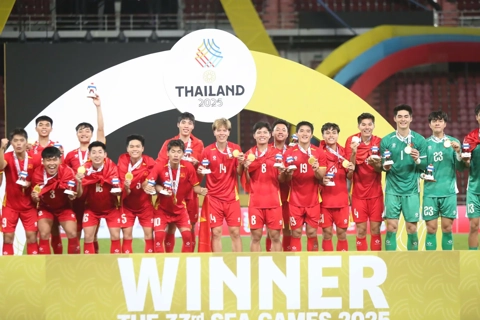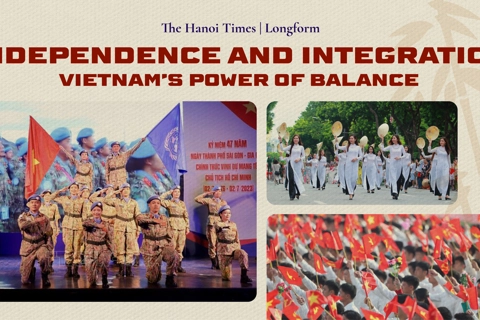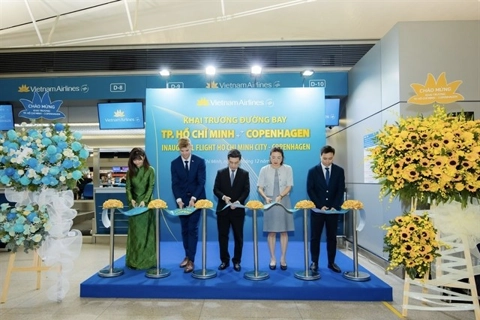Innovative investments matter for conservation: UNDP expert
Given that one-third of Vietnam’s mammal species (considered a global treasure) are at risk of extinction, promoting the conservation of its biodiversity is critical.
THE HANOI TIMES — Solving issues regarding environmental and biodiversity conservation requires drastic and long-term financial strategies in the context of increasingly scarce resources.
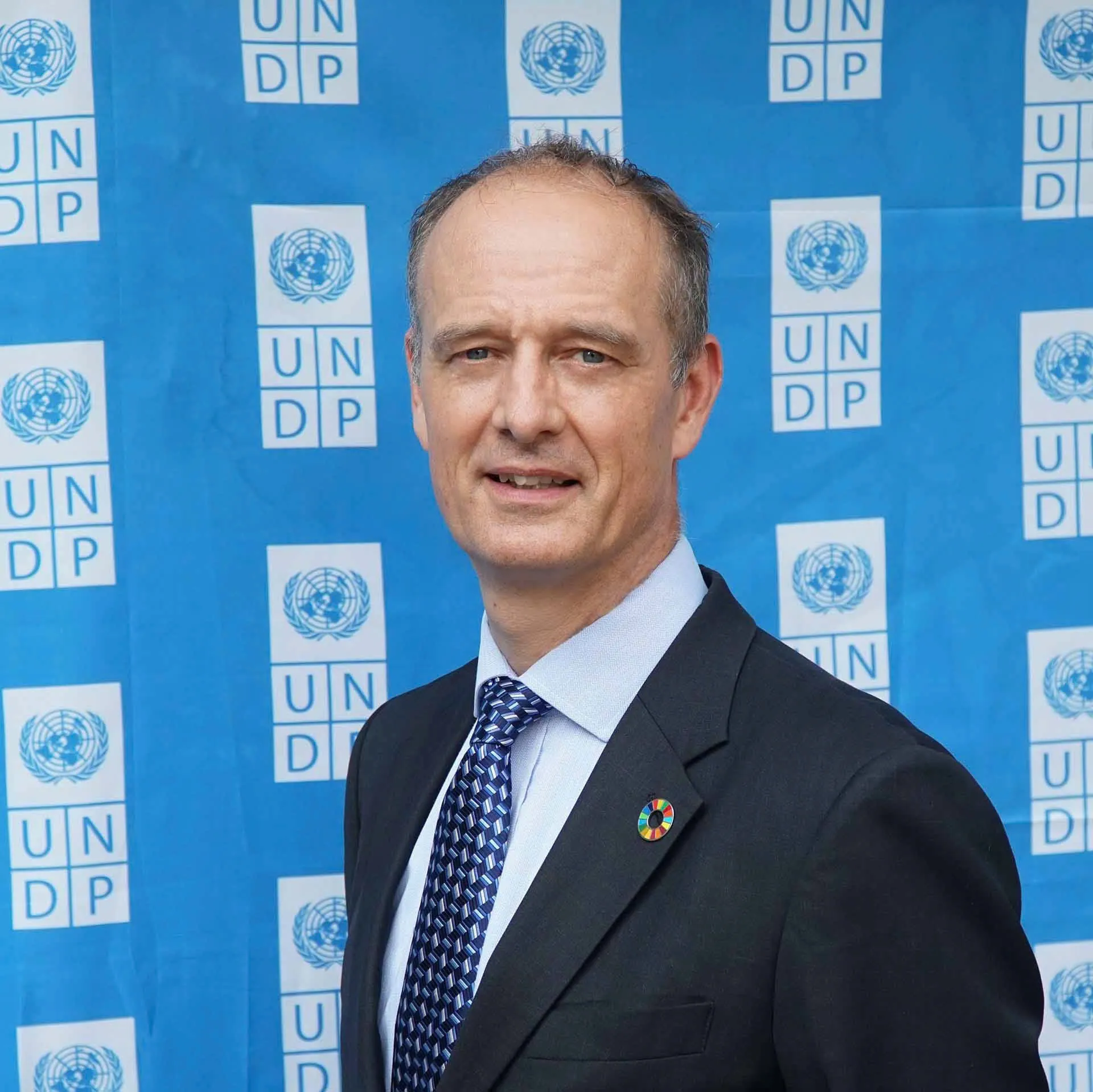
Patrick Haverman, Deputy Resident Representative of the United Nations Development Programme (UNDP) in Vietnam.
Patrick Haverman, Deputy Resident Representative of the United Nations Development Programme (UNDP) in Vietnam, discussed Vietnam’s environmental protection efforts and the role of international cooperation in preserving biodiversity with The Hanoi Times.
“In a world of limited resources, innovative and sustainable financing is key to addressing environmental and biodiversity conservation challenges,” said Haverman.
Powerful tools to mobilize private sector investment in conservation include instruments such as sustainable nature-based tourism in protected areas, green credit, green bonds, payments for ecosystem services for marine and wetland ecosystems, and carbon finance.
However, their effectiveness hinges on a strong enabling environment shaped by government leadership. By developing clear, forward-looking policies and regulatory frameworks, governments can create the conditions necessary for sustainable finance to thrive.
At the same time, the private sector plays a critical role in practicing environmental, social, and governance (ESG) principles, ensuring that investments not only generate financial returns but also deliver measurable environmental and social benefits.
Public policy and private sector commitment together form the foundation of a resilient and sustainable future.
Meanwhile, official development assistance (ODA) remains an important source of financial and technical support, particularly in helping Vietnam fulfill its international commitments to addressing climate change and conserving nature.
Regarding this, Haverman said he would like to join the many different development partners in urging the Government of Vietnam to accelerate the approval and implementation of many long-delayed ODA projects. This will ensure that this valuable funding source is used effectively in the coming years for development and the environment.
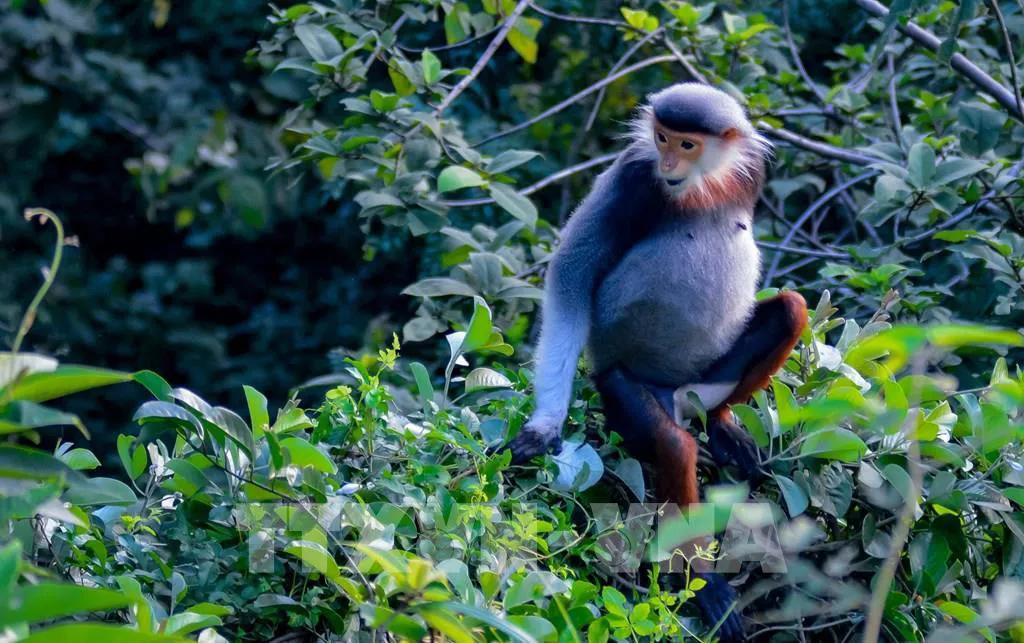
The red-shanked douc called the “Queen of Primates” in Son Tra Peninsula, Danang, are considered a valuable symbol of Vietnam’s biodiversity. Photo: Van Dung/VNA
Haverman shared this message at a time when Vietnam was praised for its rich biodiversity on the occasion of International Biodiversity Day (May 22), calling it a global treasure under threat. “Vietnam is globally recognized for its rich biodiversity. Yet, this natural wealth is under increasing pressure.”
Recent studies show that over one-third of Vietnam’s mammal species are at risk of extinction. This is not just a national concern, it reflects a global crisis. The loss of biodiversity threatens the very foundation of our economies, food security, and health.
Haverman reiterated the importance of nature in sustainable development. He said the outdated notion that conservation and development are mutually exclusive must be discarded as obsolete. For now, biodiversity must be seen not as a constraint, but as a critical asset for sustainable development.
"It becomes essential to integrate biodiversity into economic and sectoral planning, including infrastructure development, energy transition, as when nature is valued and protected from the outset, future risks and costs will be reduced," he added.
“UNDP is committed to supporting Vietnam in building a robust system to assess and monitor ecosystem services, ensuring that economic growth does not come at the expense of natural capital."
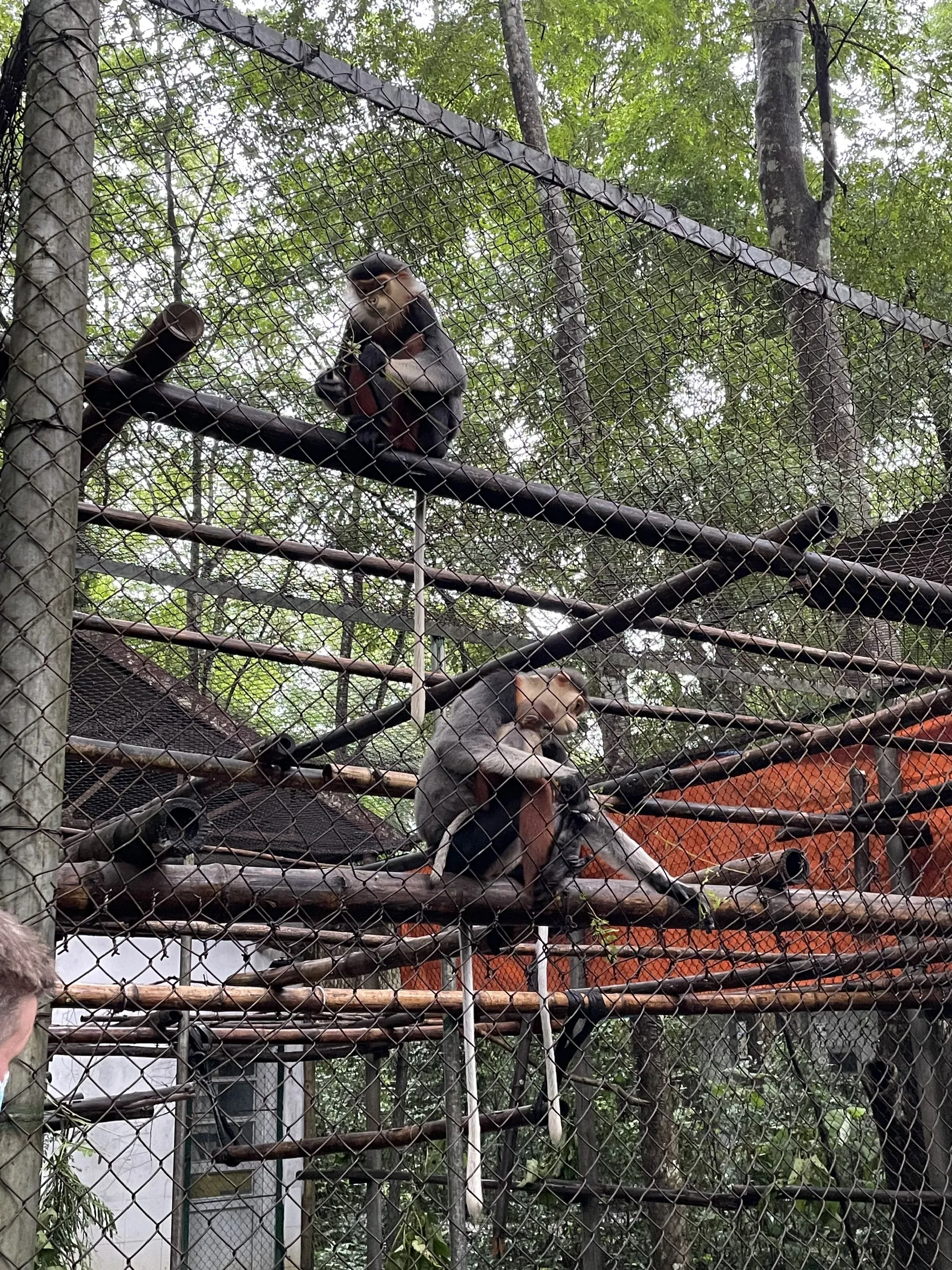
Primates in Cuc Phuong National Park. Primates (including gibbons, langurs, monkeys and lorises) indicate ecosystem and biodiversity health and hold cultural, spiritual, and scientific value. Photo: Linh Pham/The Hanoi Times
He said that, over the years, Vietnam has made efforts to promote biodiversity conservation. The National Biodiversity Strategy and Action Plan (NBSAP) to 2030 and vision to 2050 on expanding marine protected areas and restoring degraded ecosystems are just two examples of how Vietnam is translating international commitments into national actions.
In this regard, he highlighted the role of local communities, especially women, youth, and ethnic minorities, saying they are both the most affected by biodiversity loss and the most effective stewards.
“By integrating indigenous knowledge and promoting co-management models, we can ensure that conservation efforts are inclusive, equitable, and sustainable,” he stated.
Haverman said that protecting biodiversity requires collective efforts in which the government, the private sector, communities, and international partners work together to build a future where people and nature thrive together.
UNDP stands ready to continue supporting Vietnam in this journey through policy advice, technical assistance, and partnerships that drive real impact.
“Together, we hope to turn the tide on biodiversity loss and secure a sustainable future for generations to come,” he expected.
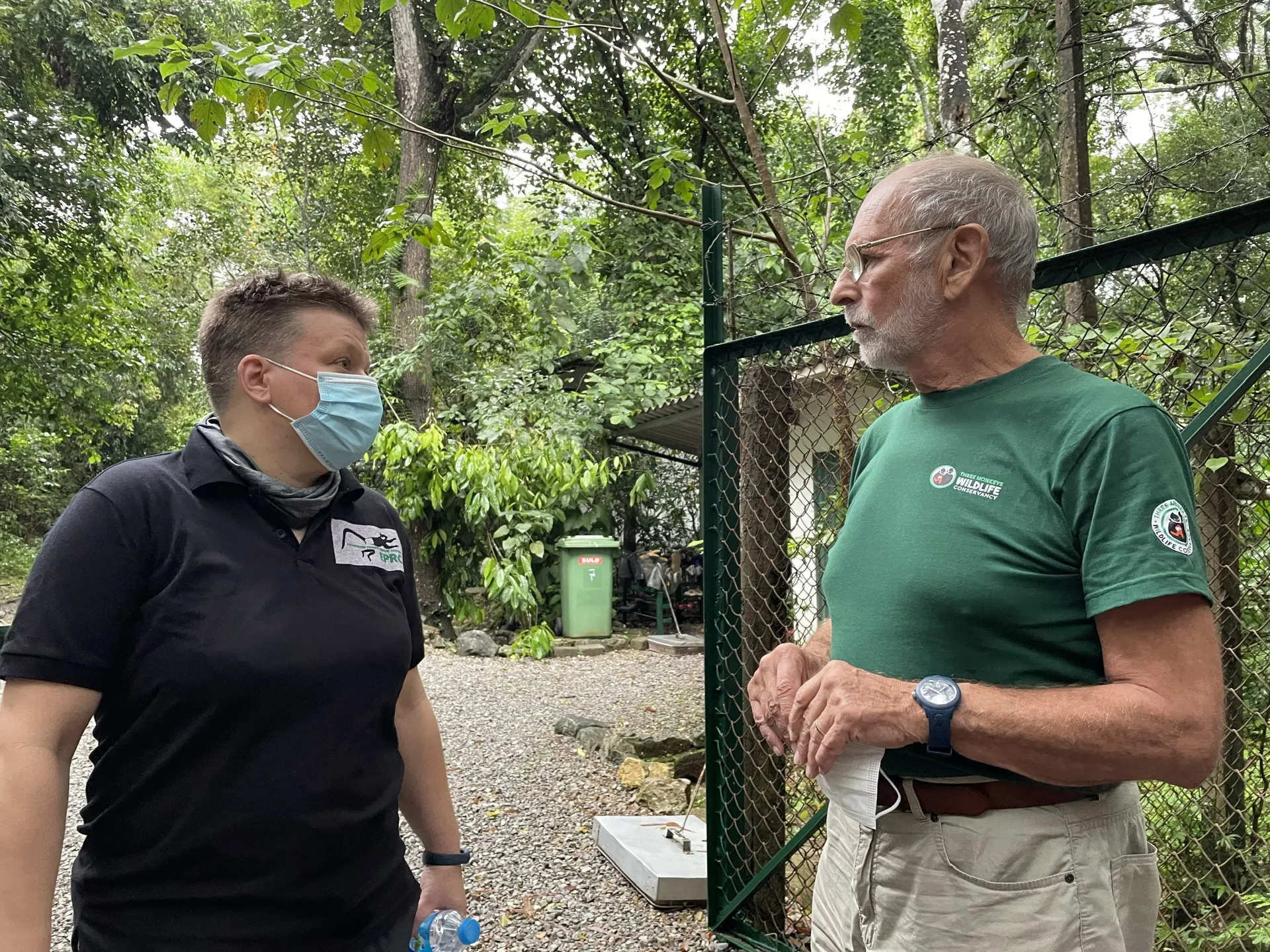
Tilo Nadler (R), Founder and Director of the Endangered Primate Rescue Center (EPRC), one of the first animal rescue centers in Vietnam and one of the largest primate rescue centers in Southeast Asia; and Elke Schwierz has worked at the EPRC for more than 20 years. The two Germans have dedicated their lives to conserving biodiversity in Vietnam. Photo: Linh Pham/The Hanoi Times





